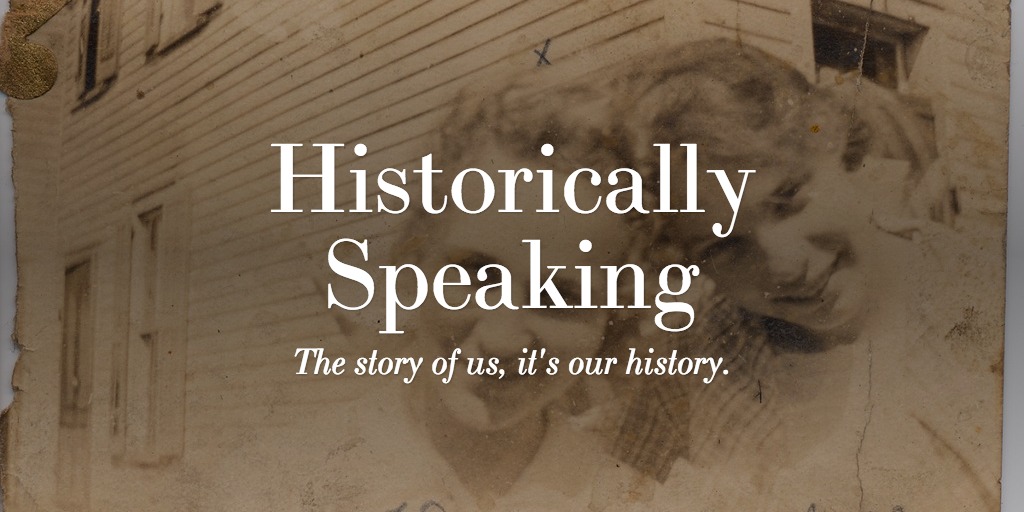The past two months have been a whirlwind of activity, pushing my monthly newsletter to the back burner. As a marketer, we all know this is a bad habit. However, focusing on successful results for client projects is a good thing.
Since early April, I’ve been immersed in several publishing projects: annual reports (2), software user’s manual, pitch decks (2 or 3), conference program, marketing brochures and simple webpages.
Today, I’d like to share a success story.
New energy technology start-up, GasTechno Energy and Fuels, hit the road in May to meet with prospective investors. Then, immediately back at the airport for an oil/gas industry event. Both required presentations and at a minimum a fact sheet.
After years of “start-up” mode, GasTechno was ready to take a more aggressive lead with its marketing. Conversations with the CEO, as the private placement was nearing completion, were about a fresh/modern design to wrap around the key message(s).
Despite the 30-slide deck, the client was rigorous with copy editing; choosing words/phrases carefully, even whittling the amount of data being presented. The use of infographics and strong visuals supported the core message.
The result was a deck that has proven itself to be great companion to the overall presentation, a successful first round of investments.
Immediately thereafter, the CEO headed to a gas/energy conference for meetings with a different audience (energy company analysts and engineers). We pulled several slides from the investor deck and updated slides from an existing presentation. A thorough “going over” to ensure overall design consistency was needed...all under very tight deadline.
The result for this hybrid deck was highly receptive. Contracts [close to being] signed and GasTechno has been awarded funds from new technology grants on state and national levels.
Congratulations to GasTechno Energy and Fuels, especially Walt and the opportunity to part of the company’s new launch this year. Much continued success!
 https://slate.adobe.com/cp/ivSk7/
https://slate.adobe.com/cp/ivSk7/ Conduct Your Symphony, Visually
Conduct Your Symphony, Visually RESTS/PAUSES: A blank page is NOT always the answer; in fact, it can be confusing. Use negative (white) space to balance with your photos and/or text.
RESTS/PAUSES: A blank page is NOT always the answer; in fact, it can be confusing. Use negative (white) space to balance with your photos and/or text. 

